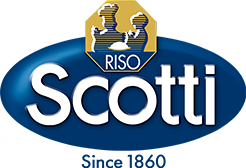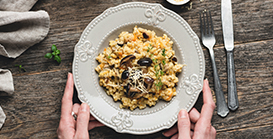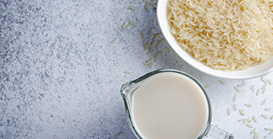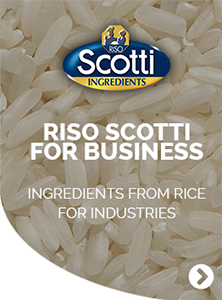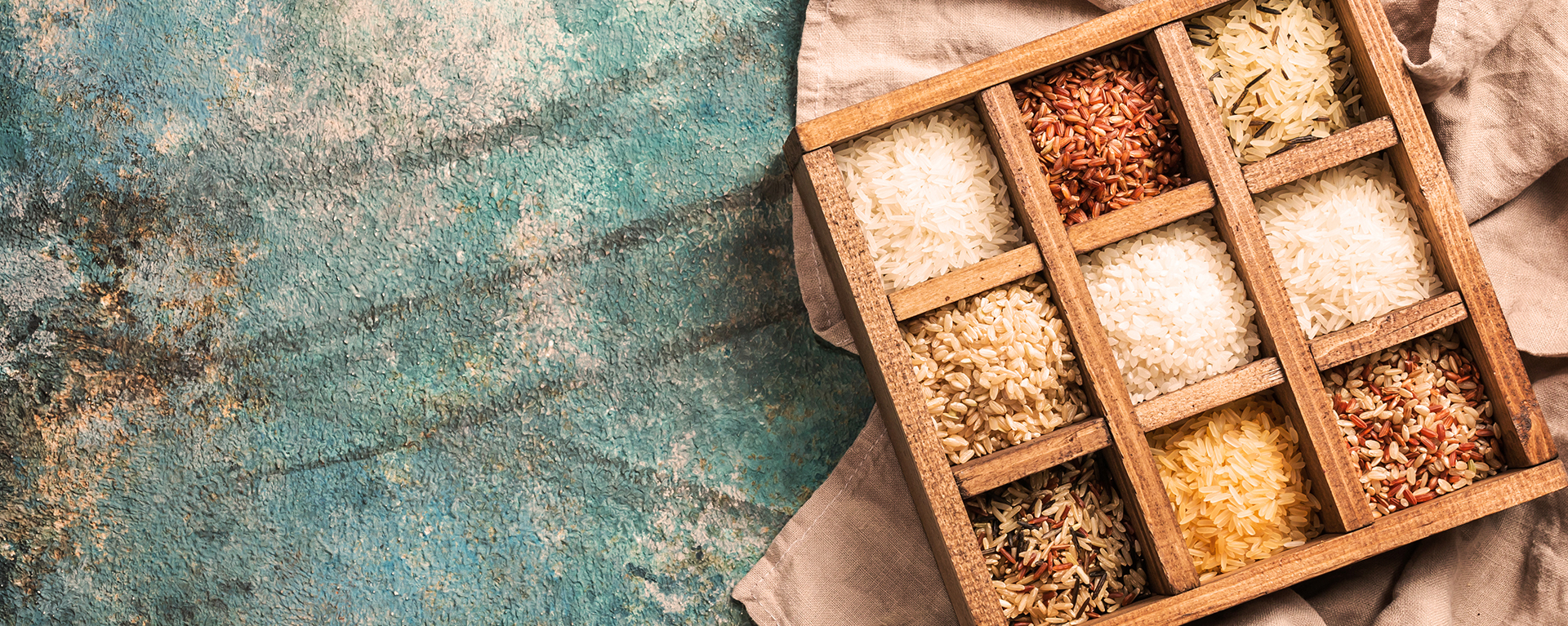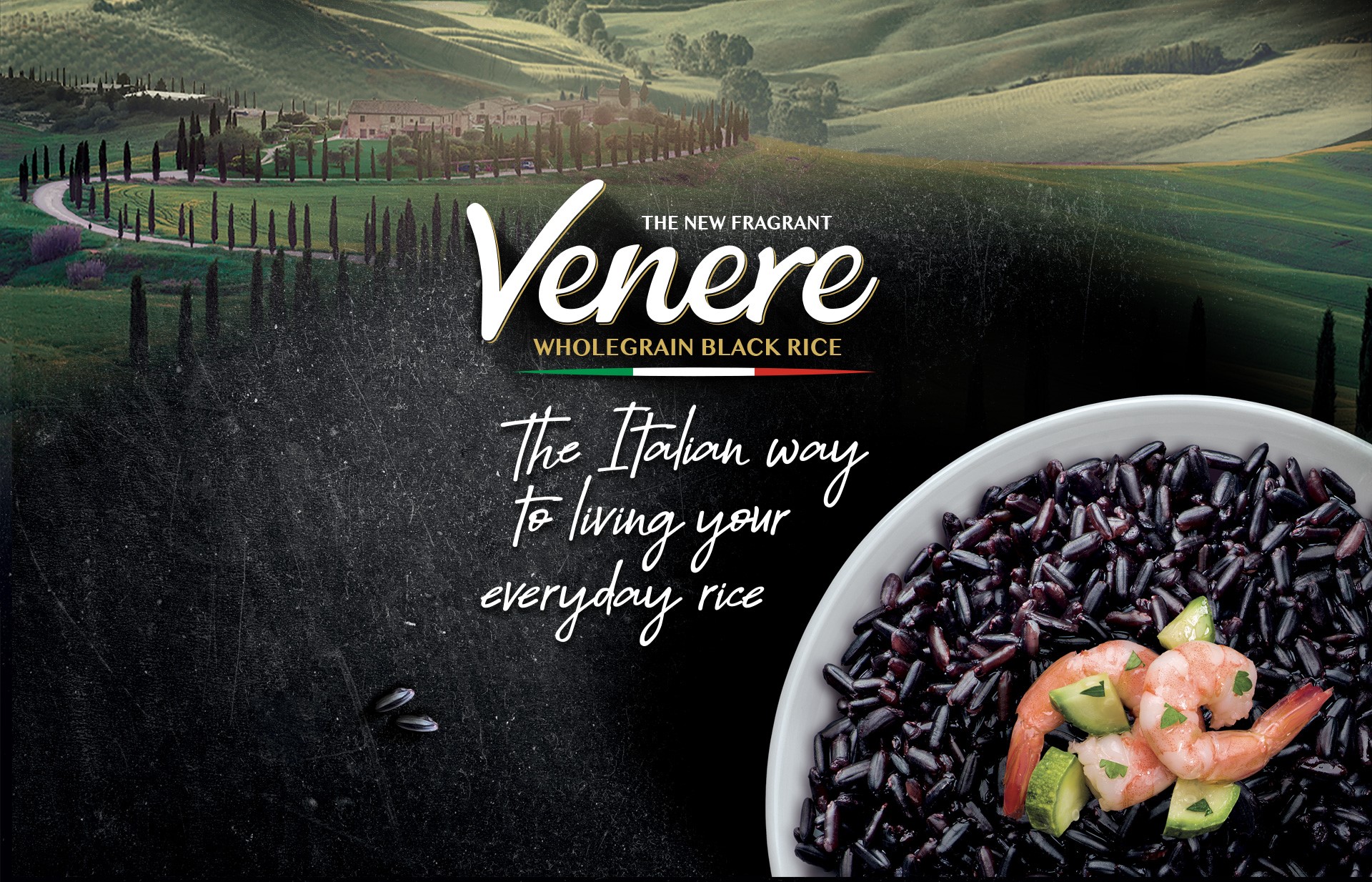INGREDIENTS FOR 4 SERVINGS:
Water
5 tablespoons of seed oil
2 peeled julienne carrots
2 chopped onions
70 g dried apricots
70 g soaked raisins
70 g prunes
1 teaspoon of powdered cinnamon
salt
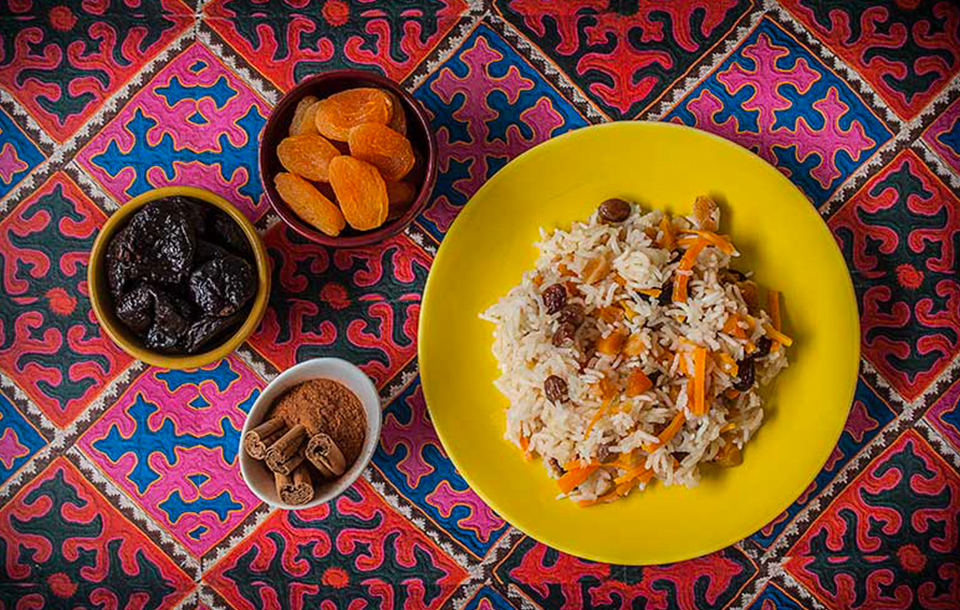
PROCEDURE:
Wash the rice until water is clear, drain it and keep it back. Heat the oil in a pan. Fry lightly the carrots and onions until they are soft (about 5 minutes). Add the rice and then pour water until it’s covered. Add the dried fruits, after having chopped them. Add salt and cinnamon. Bring it to the boil, cover the pan with the lid, lower the flame to the minimum and cook for about 7 minutes. Put out the fire and let it rest for 5 minutes. Serve the rice as side dish.

Kyrgyzstan is at the crossroads of the Silk Route and on the routes of the caravans that took in that area not only commercial goods, but also different cultures: Roman and Greek, Turkish and Persian, Arabian and Indian, Chinese and Russian, that mixed with the culture and traditions of Central Asia. Consequently, the Kirgiz cooking absorbed elements of all cultures with which it entered into contact, even if it’s still possible to find dishes that preserved their original and national identity. The Kirgiz dishes keep the bonds with the nomadic traditions of the Country. The bases of Kirgiz diet – and of the one of most of the traditionally nomadic people of Central Asia – are boiled mutton, toasted round bread, rice and tea, mixed with sheep or horse milk. Kirgiz people are fond of horse meat and use sour cream, yogurt, and sausages to flavour their food. Meat is one of the essential parts of Kirgiz cooking, since the nomadic life didn’t allow them to cultivate fruits and vegetables. In Kyrgyzstan, many dishes have a ritual importance and are connected with particular feasts. Even if these dishes are very interesting, unfortunately many of them have been forgotten and fell into disuse, while others, that before had a ritual meaning, are progressively converting into daily dishes. Men are often considered the best cooks, since many people think that women ruin the food they cook for others – even if in the yurt (the mobile home used by the Asian nomadic people) the kitchen is placed in the side dedicated to women. Even if in several Ashkana (tea or coffee houses) and restaurants the cooks are men, women are more commonly employed in the places serving Russian or European cooking. One of the essential features of Kirgiz cooking is that dishes should preserve their taste and aspect. For example, it’s uncommon to find dishes containing minced or chopped meat (even if there are some exceptions). Besides, the Kirgiz dishes have usually a simple taste; sauces and spices are used in small quantities and are destined only to let emerge the taste of the dish and not to change it.





